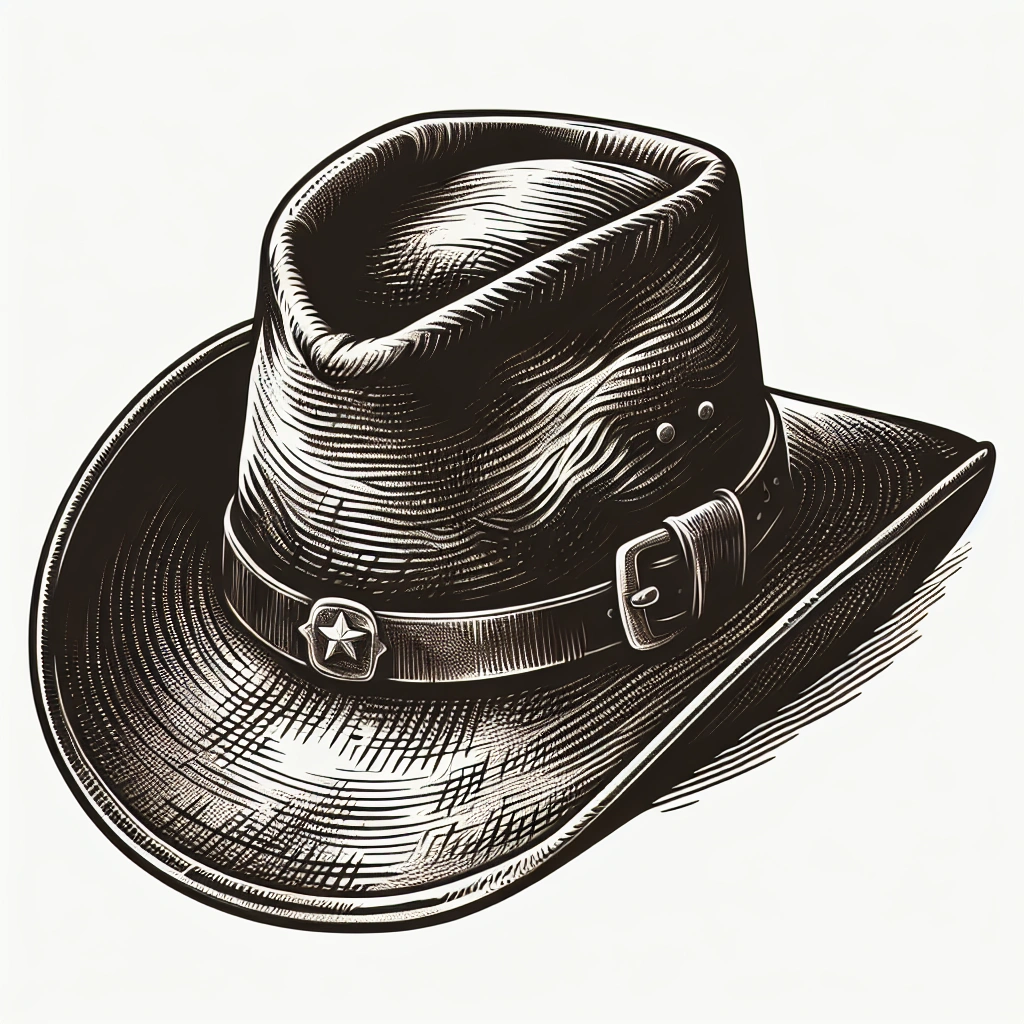Short Answer for Coleman Younger
Coleman Younger was an American Confederate guerrilla and outlaw leader with the James-Younger Gang during the American Civil War.
Coleman Younger was an American Confederate guerrilla during the American Civil War and later became an outlaw leader with the James-Younger Gang. He was the elder brother of Jim, John, and Bob Younger, who were also members of the gang. Younger was born in Missouri and joined the Confederate guerrilla band of William C. Quantrill during the Civil War.
Coleman Younger is known for joining forces with Jesse and Frank James to rob banks and trains in the period following the Civil War. He was a notorious Confederate guerrilla and outlaw who operated on the fringes of society and terrorized the Midwest during the war years.
Younger’s involvement with the James-Younger Gang led to his notoriety as an outlaw leader in American history.
Check out this Youtube video: “The Evolution of Cole Younger – YouTube” and learn about the fascinating history and journey of Coleman Younger, a figure deeply connected to the history of the American West.
Key Takeaways on Coleman Younger
-
Transition from Confederate guerrilla to outlaw leader with the James-Younger Gang.
-
Notoriety as a member of the infamous James-Younger Gang, known for daring bank and train robberies.
-
Ended his outlawry and led a quiet, reformed life post-release from prison.
-
Impact and legacy of Coleman Younger’s life in American history, showcasing the complexities of loyalty, conflict, and transition.
-
Coleman Younger’s story serves as a testament to the transformative power of personal reformation and the potential for change.

Coleman Younger’s History as a Confederate Guerrilla
Coleman Younger, also known as Thomas Coleman Younger, was an American Confederate guerrilla during the American Civil War. He was a prominent figure in history due to his involvement with Quantrill’s Raiders and later transitioned to outlawry with the notorious James-Younger Gang.
Joining Quantrill’s Raiders
Younger’s journey as a Confederate guerrilla commenced with his enlistment in Quantrill’s Raiders, a guerrilla band irregularly attached to the Confederate Army during the Civil War. Quantrill’s Raiders, led by William Clarke Quantrill, operated in Missouri and gained notoriety for their ambushes on Union patrols, supply convoys, and towns along the Kansas-Missouri border.
They employed guerrilla tactics to seize the mail, terrorize Northern sympathizers, and conduct raids with powerful impact.
Coleman Younger’s participation in Quantrill’s Raiders exemplifies his dedication to the Confederate cause and his willingness to engage in unconventional warfare to combat Union forces. His involvement with this guerrilla band reflects the turbulent and chaotic nature of the Civil War, characterized by intense partisan conflicts and irregular warfare tactics.
Transition to Outlawry with the James-Younger Gang
Following his exploits with Quantrill’s Raiders, Coleman Younger made a significant transition to outlawry by joining the infamous James-Younger Gang. The gang, comprised of members such as Jesse James and Frank James, was recognized for its daring bank and stagecoach robberies during the post-Civil War period.
Younger’s entry into this notorious group marked a shift from guerrilla warfare to organized criminal activities, reflecting the evolving socio-political landscape in the aftermath of the war.
The James-Younger Gang’s notoriety stemmed from its audacious heists, evasive maneuvers, and confrontations with law enforcement agencies. With Younger’s active involvement, the gang became synonymous with violent escapades and lawlessness, perpetuating a legacy of criminal exploits that captivated the public imagination.
The transition from a Confederate guerrilla to an outlaw symbolized Younger’s adaptation to the changing circumstances of the era and his continued engagement in activities outside the bounds of conventional law and order.
Coleman Younger’s Historical Significance
Coleman Younger’s historical narrative embodies the complex and multifaceted nature of individuals entwined with the tumultuous events of the American Civil War and its aftermath. His trajectory from a Confederate guerrilla to an outlaw with the James-Younger Gang underscores the transformative impacts of war, social upheaval, and personal choices within historical contexts.
Younger’s legacy serves as a testament to the intricate intersections of loyalty, conflict, and consequent transitions in post-war America, contributing to the enduring allure of his story as a captivating piece of American history.
Coleman Younger’s involvement with Quantrill’s Raiders and subsequent transition to outlawry with the James-Younger Gang epitomizes the complexities and dynamics of the Civil War era. His dual roles as a Confederate guerrilla and outlaw reflect the intricate layers of historical narratives that continue to fascinate and intrigue enthusiasts of American history, perpetuating his enduring legacy as a figure of historical intrigue and complexity.
| Civil War Role | Group Affiliation |
|---|---|
| Confederate Guerrilla | Quantrill’s Raiders |
| Outlaw | James-Younger Gang |
The Notorious Outlaw Life of Coleman Younger
Coleman Younger gained notoriety as a member of the infamous James-Younger Gang, renowned for their daring bank and train robberies throughout the American frontier during the 1860s and 1870s. The gang’s audacious exploits became the stuff of legend and folklore, capturing the imagination of the American public. They were involved in several high-profile robberies, including the derailing of a locomotive and looting the express car on the Rock Island Railroad in Adair, Iowa in 1873. Their criminal activities extended to Missouri, Kentucky, Kansas, and West Virginia, solidifying their reputation as formidable outlaws.
Bank and Train Robberies
The trail of notoriety of Coleman Younger and his fellow outlaws continued with their audacious train robbery on the Kansas Pacific Railroad near Muncie, Kansas in 1874. This daring heist proved to be one of their most successful, adding to their legendary status. Coleman Younger’s involvement was first recorded in 1868 when he was implicated in a bank robbery in Russellville, Kentucky. This was just one of many financial institutions that fell victim to the relentless criminal activities of the James-Younger Gang, cementing their position as feared outlaws.
Their lives of crime led to a relentless pursuit by law enforcement, but their ability to continuously evade capture added to their mystique. The exploits of Coleman Younger and his cohorts became the subject of numerous books and movies, perpetuating their legendary status as notorious outlaws.
Legacy and Reputation
The notoriety and infamy of Coleman Younger and the James-Younger Gang have left an indelible mark on American history and culture. From their brazen bank and train robberies to their ability to evade the clutches of the law, their exploits continue to captivate and intrigue to this day. The enduring legacy of their criminal activities has been immortalized in various artistic portrayals, perpetuating their status as iconic figures of the Wild West. Their daring escapades and audacious heists have become symbolic of an era of lawlessness and rebellion that continues to fascinate people around the world.
To this day, the name Coleman Younger and the James-Younger Gang evoke images of daring outlaws who defied the law and captured the imagination of an entire nation. Their legacy as legendary figures of the American frontier endures, serving as a reminder of an era characterized by lawlessness and audacity.

Coleman Younger’s Quiet Final Days
After his release from prison, Cole Younger led a quiet life far removed from his notorious past as an outlaw. With the end of his outlawry, Younger sought to distance himself from his previous exploits and embrace a life of reformation.
Life After Outlawry
Following his life of outlawry, Cole Younger transitioned into a more subdued existence, working briefly with Frank James in a Wild West show. Additionally, he penned a memoir detailing his tumultuous past and embarked on lecturing tours to share insights from his experiences.
As Younger navigated his post-outlaw life, he aimed to leave behind the turbulence of his earlier years and carve a different path for himself.
Death and Legacy
Cole Younger’s final days came to a close as he passed away in Lee’s Summit on March 21, 1916. Despite his notorious past, his legacy lives on, with his story continuing to captivate the interest of many. Younger’s impact on American history is enduring, with his enigmatic journey serving as a testament to the complexities of human life and the potential for transformation.
| Traits | Description |
|---|---|
| Notorious Outlaw | Younger’s infamy as an outlaw |
| Transformation | Transitioning into a quiet, reformed life |
| Legacy | The enduring impact of Cole Younger’s life |
Coleman Younger’s exit from outlawry paved the way for a quieter, more introspective period in his life. While his legacy continues to intrigue, his ultimate fate serves as a reminder of the transformative power of personal reformation.

Conclusion
Coleman Younger was a notable figure in American history, transitioning from a Confederate guerrilla during the Civil War to an outlaw leader with the James-Younger Gang. His involvement with Quantrill’s Raiders and the notorious gang exemplified the complexities of his life, reflecting the transformative impacts of war and social upheaval in post-war America.
Younger’s historical significance as a Confederate guerrilla and outlaw leader continues to captivate enthusiasts of American history, showcasing the intricate intersections of loyalty, conflict, and transition within historical contexts.
Coleman Younger’s involvement with Quantrill’s Raiders and later transition to outlawry with the James-Younger Gang epitomizes the dynamic nature of the Civil War era. His journey from a Confederate guerrilla to an outlaw symbolized his adaptation to the changing circumstances of the time and his continued engagement in activities outside the bounds of conventional law and order.
The enduring legacy of Younger’s story as a figure of historical intrigue and complexity reflects the tumultuous events of the American Civil War and its aftermath, leaving an indelible mark on American history and culture.
Coleman Younger’s exit from outlawry led to a quieter, more introspective period in his life. Despite his notorious past, his ultimate fate serves as a reminder of the transformative power of personal reformation.
Younger’s impact on American history is enduring, with his enigmatic journey serving as a testament to the complexities of human life and the potential for transformation.
